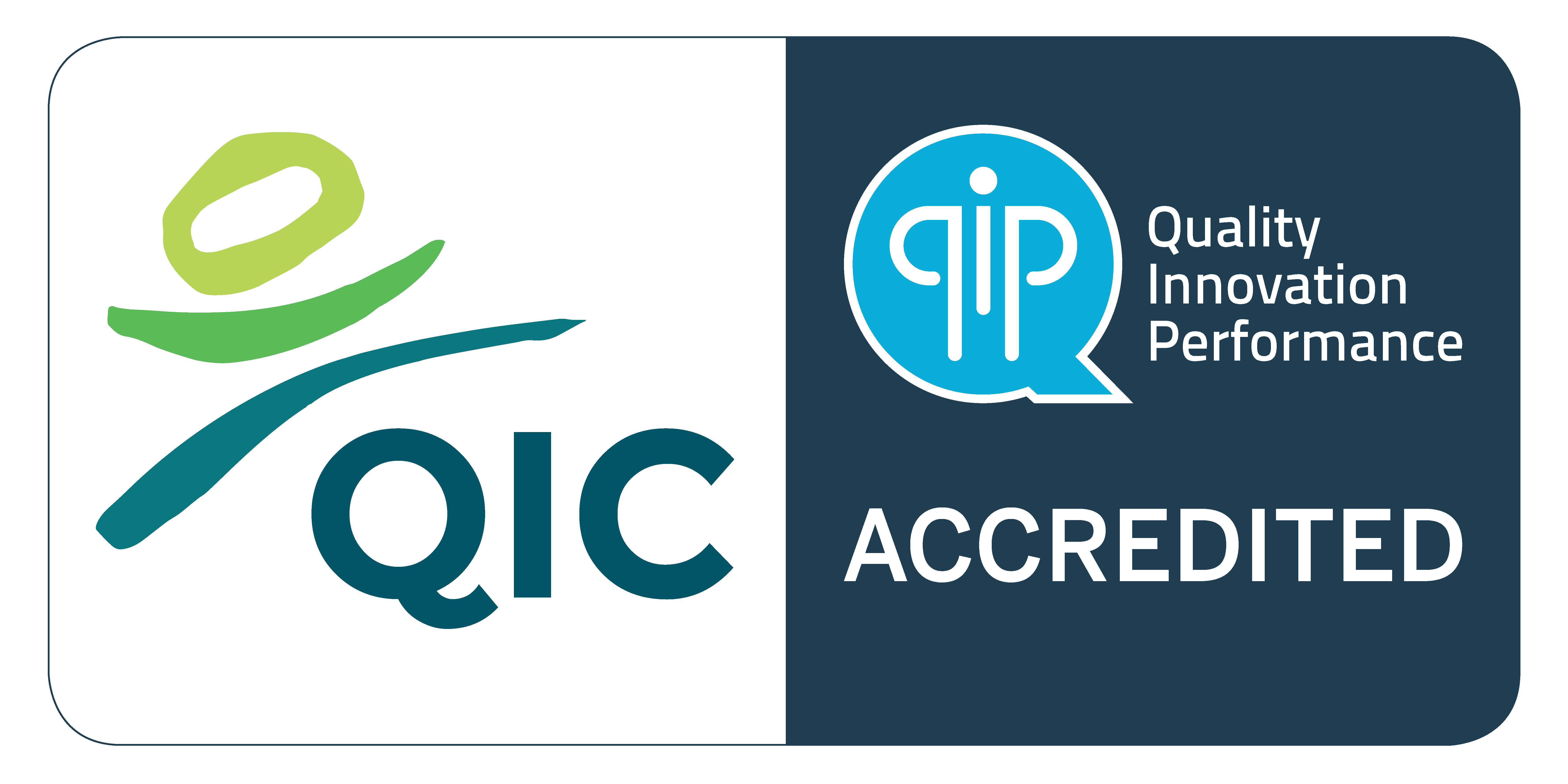What is the Therapeutic Community?
Banyan House follows the Therapeutic Community approach to alcohol and other drug rehabilitation treatment. “In Therapeutic Communities, client progress and eventually their stable recovery, involves multidimensional changes in terms of lifestyle and personal identity.” (De Leon, 1995; 2000).
It is a complex perspective of the individual and the recovery process in which treatment must address deficiencies in a range of dimensions to foster global change in the whole person. The following table describes the domains and gives examples lifestyle and examples of identity positions.
Domain |
Aspect |
Example |
| Developmental | Maturity Responsibility Values |
“I regularly meet my obligations and responsibilities” |
| Socialisation | Lifestyle Maintains image Work attitude Social Skills |
“I still have attitudes and behaviours associated with the drug/criminal lifestyle” |
| Psychological | Cognitive skills Emotional skills Self Esteem |
“I am able to identify my feelings and express them in an appropriate way” |
| Community | Program rules Community engagement Role model |
“I understand and accept the program rules, philosophy and structure” |
TC treatment is conceptualized as a unique social psychological approach, defined as “community as method”— the use of the peer community as a context to facilitate developmental, social, and psychological change in individuals. The context consists of all program activities (e.g., groups, meetings, privileges, sanctions, work, seminars and workshops) and relationships with peers and staff. These are viewed as interventions designed to produce cognitive, behavioral, and attitudinal change.
The “method” also consists of the community’s expectations, assessments, and responses concerning the individual’s participation in the roles and activities of the daily regimen. Maximum change occurs through the individual’s total participation (“immersion”) in all program activities and social roles. The extent, quality, and consistency of client participation in all activities is viewed as a critical fourth dimension of client progress in treatment. Change in this community membership dimension is needed for changes to occur along the other three dimensions.


